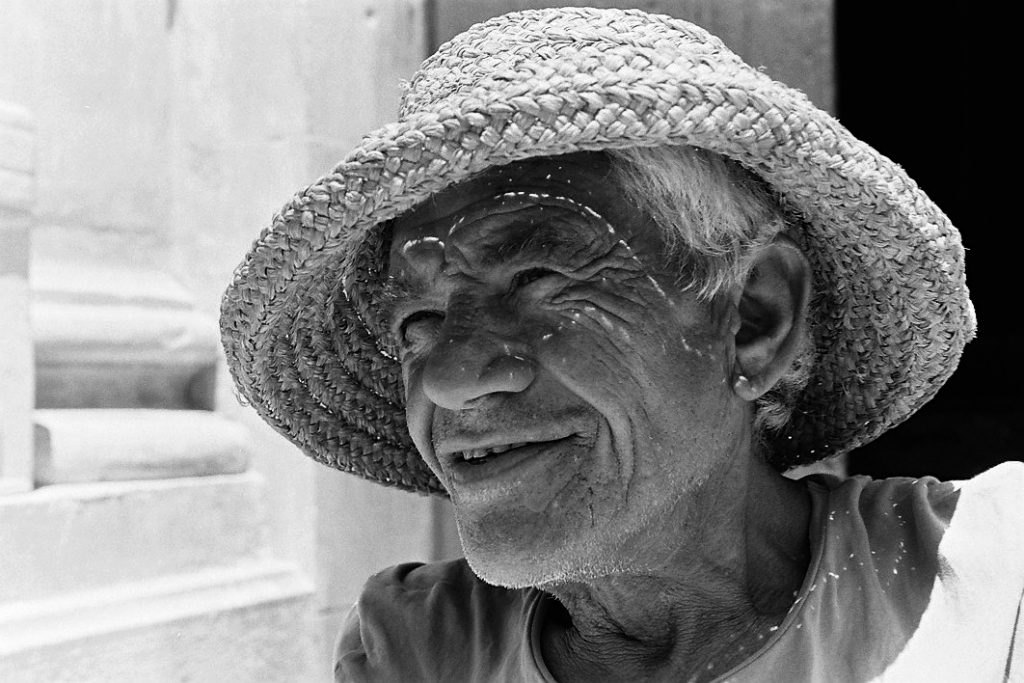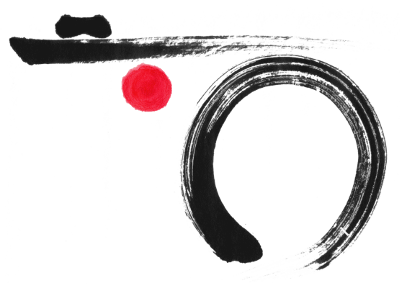I once toured the ‘S’-class Mercedes manufacturing line, where hundreds of highly paid auto-workers hand-build the top-of-the-line Mercedes cars. There is a certain respect owed to those people that build and assemble with their hands. The aura in the great hall was palpable and the pride was everywhere. I crossed the road and went to the ‘C’-class Mercedes plant, which is virtually 100% automatic and has robots swinging large and small pieces back and forth across space and time, before a car emerges at the far end of the line.
In discussing the two plants, which could not possibly have been any more different, the member of the design team that was walking me around said that actually, the ‘C’-class is a much more accurate and precisely assembled car, and if it wasn’t for the customers who insisted on having a hand-built car and were willing to pay for it, rightfully the ‘S’-class Mercedes should be built by a similar line to that of the ‘C’-class. Clearly, there is value in a little inaccuracy, knowing that it was made by a human, and not a machine.
The Japanese have a lovely term called wabi-sabi. Wabi-sabi has many definitions. To me, it means that there is perfection in imperfection. That a small error, or imperfection in say a drinking vessel, a flower arrangement, or even a new building, is what adds the human touch. The little something that is a signature of human quest.

Analog photography is much the same. There is film, a camera, developing, printing, a final print, and at each step, there is a little bit of the photographer. A little bit of wabi-sabi. Bruce Weber talks of clients being impatient and wanting to see a photograph, even before it is taken. How digital has created the need for urgency, immediacy, perfection, and if not, the ability to make perfection.
“A lot of people have gotten so used to this digital age. They all expect to see the picture before it is taken. Or they want to change the picture. I like it when pictures aren’t so perfect.” – Bruce Weber on Shooting with Film
I read recently about the thousands of individual micro-lenses that combine to create the perfect depth of field in a digital camera. The perfect sharpness from the front of the image, all the way to the back. This is like the new hyper clear and sharp televisions that give me a headache. Life is not like that.
When we look at our surroundings, our eyes focus on something. We focus on something close up and everything else around that object falls slightly out of focus. If we look at a wider area in the distance, things that are near us drop a little out of focus. To some degree, analog photography mimics this. As photographers, when we focus a camera on a particular area in front of us, we are making a decision. We are choosing to focus on something, and not something else. Or we may elect to throw it wide open and get as much of the scene in front of the lens into view, but that usually comes at a price, which drops whatever is immediately in front of us out of focus. Of course, modern technology can mimic these types of decisions. A digital camera can be set to take photographs like an analog camera. But, most photographers who shoot using digital don’t bother. They deal with that on the computer later, using Photoshop, or whatever software platform they choose.
The joy to me of analog is that you see the image in your mind’s eye. You set your variables, select what goes where in the frame and focus on whatever draws your attention, or not, depending on what you are trying to achieve. You press the shutter and you wait.
First there is the joy of seeing the negative and placing it on the light table, getting out the glass and having a look at what you have managed to capture. Then there is the print itself, when you place the negative in the enlarger and make the first test print. Perhaps a small 8×10 or 5×7 print. And only after you have studied and played with the process for a while do you end up with the final print. Doubtless, there are imperfections. Things you could have done better. Perhaps a bit of shadow where you had not seen it, when composing the image. Perhaps the horizon line is not entirely level. Perhaps there are a couple of people in the distance that you had not noticed, because you were so focused on getting a particular subject just right. To me, this is the fun of photography. The serendipity that sometimes works in your favour, sometimes not. This is analog photography. Photography as it should be.
I have the luxury of making the same photograph five times; I compose it in my minds eye; I make the photograph; I see the negative; I see the test print; I make the final print. And no matter what, there is always something that you wish you could have done perhaps a little differently. This is wabi-sabi. The small imperfections that make us human.
Harbel

